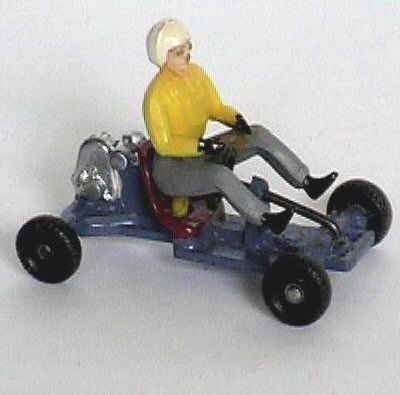Rain Gauge
by Manoj Tripathi
(Bareilly, Uttar Pradesh, India)
Its been many years since I did a school science project, but my daughters were working on a weather gauge project when in High School. They were asked to make a rain gauge to measure the quantum of rainfall.
I assisted them in finding the material and doing the research online. Our biggest problem was that we were not able to find any good sites which would deal with children's projects for school. There definitely is a need to have some interesting sites which can give children some idea how to go about creating working models of science projects. They should have a variety of topics and should not require too many things to be bought from the market but should use things available at home.
At times we have old electronic goods which are non functional and are unfit for repair. These items can be salvaged and some working parts can be utilised to construct some projects. I never throw away anything which can be even remotely useful. My box is full of nuts and bolts and transistors and diodes etc. which can be used in some ways.
I love to work on such projects and would like to come up with some creative ideas.
I used an old bottle with a funnel to create the rain gauge. I stuck an old plastic scale to the side of the bottle to measure the amount of water collected in the bottle. The calculations were done by working out the area of the circle formed by the funnel on top and then dividing the
Barry's Response - An ingenious device, Manoj, and I'm sure it worked well. The world loves inventors, although it may not seem like it all the time. And they may just beat a path to your door if you come up with the right mousetrap. Here's a collection of things to think about as you work.
IF YOU NEED RESOURCES: Searching online may help you figure out new ideas to pursue, things to create and markets to serve. Try detailed searches on Google or ChatGPT. The results may enable you to access funding sources, mentors, or industry contacts.
KEEP SHARING: Don't be afraid to confide in others you trust not to steal your intellectual property. You can gain much by collaborating with others.
ENJOY YOUR SUCCESSES: no matter how significant. Each step gets you closer to what you want.
TAKE FEEDBACK YOU RECEIVE: and do something with it. Try to keep a record of all things people give you for free. Even if you don't use it today, it could still be valuable.
TRY VARIATIONS: Enjoy experimentation. You know when you will cover new ideas and potential solutions to problems you encounter along the way.
CELEBRATE FAILURE: It's an opportunity for learning and growth. Celebrate your willingness to take risks and learn from perceived mistakes.
With the support, resources, and encouragement you need to pursue goals you may have in place, you will continue to develop the confidence and skills needed for great success.
Search this site for more information now.
Do you have concerns about air pollution in your area??
Perhaps modelling air pollution will provide the answers to your question.
That is what I do on a full-time basis. Find out if it is necessary for your project.
Have your Say...
on the StuffintheAir facebook page
Other topics listed in these guides:
The Stuff-in-the-Air Site Map
And,
Thank you to my research and writing assistants, ChatGPT and WordTune, as well as Wombo and others for the images.
GPT-4, OpenAI's large-scale language generation model (and others provided by Google and Meta), helped generate this text. As soon as draft language is generated, the author reviews, edits, and revises it to their own liking and is responsible for the content.




